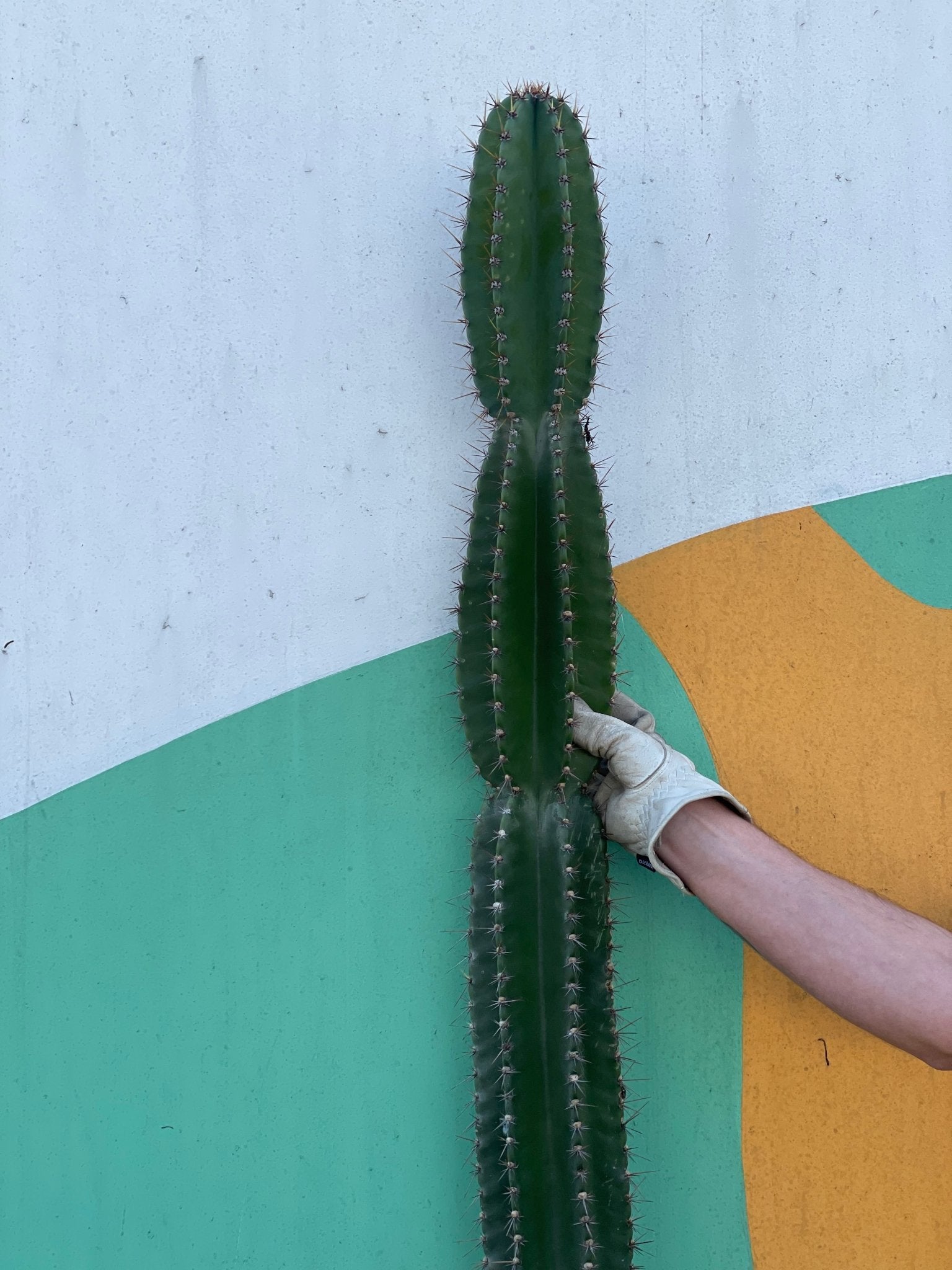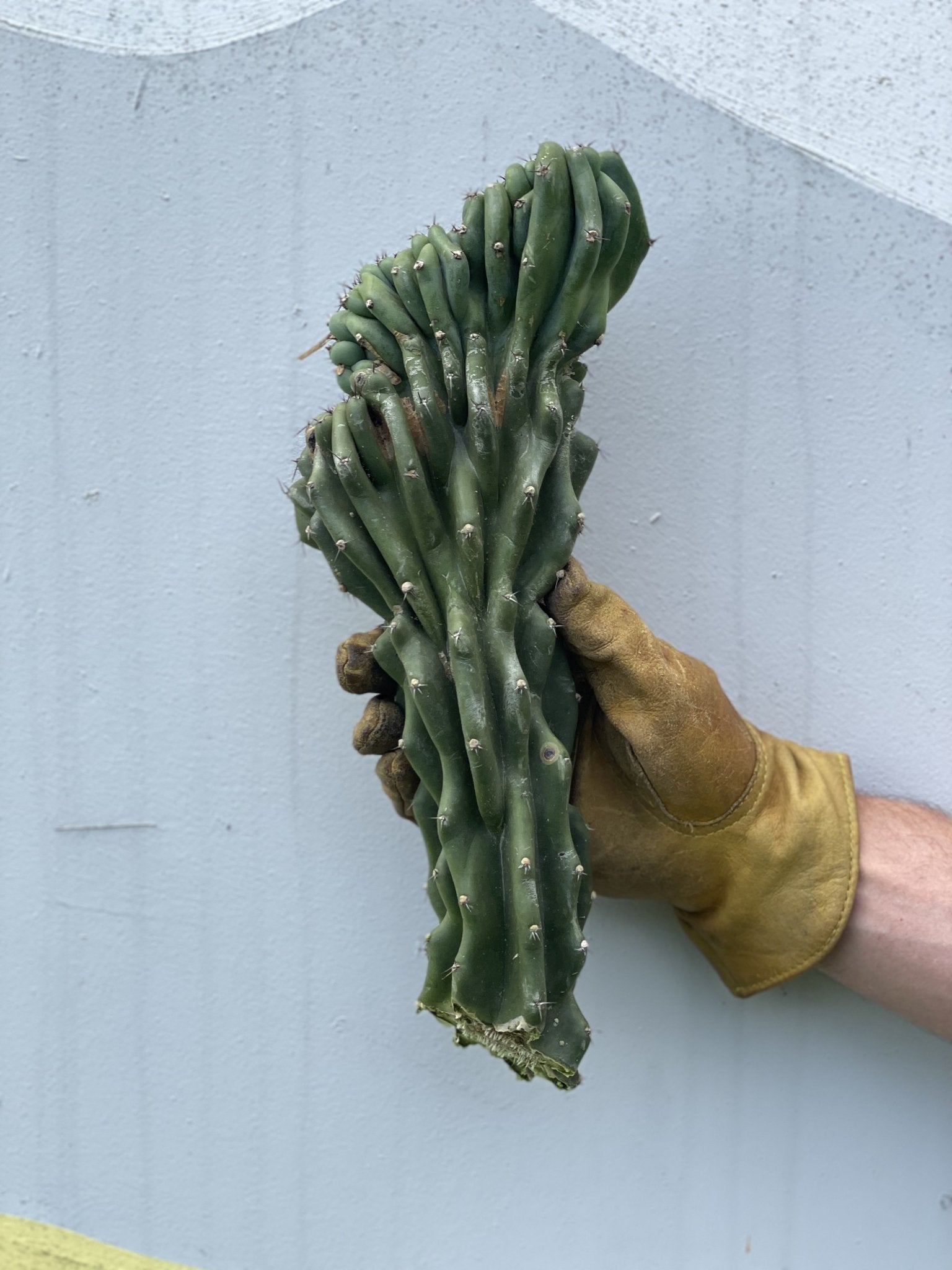Olive trees, with their rich history, fragrant blossoms, and lustrous silver-green foliage, have been captivating gardeners and farmers for millennia. Traditionally found in the Mediterranean regions, these trees are synonymous with warm, dry summers and mild, rainy winters. But with the increasing interest in sustainable gardening and local food production, the question arises: Is it possible to grow an olive tree in North America?
Growth Climate Concerns
Understanding the native climate of olive trees is crucial before determining if they can thrive in North American conditions. The Mediterranean climate, from where they originate, provides hot, dry summers and cool, wet winters. This cycle allows olive trees to grow during the cooler months and conserve water during the hotter months, making them incredibly drought-tolerant once established.
In contrast, North America spans a vast range of climate zones. While certain areas, especially in California and parts of Oregon, mirror the Mediterranean climate, many other regions do not. For instance, the humid summers of the East Coast or the harsh winters in the northern states pose challenges for traditional olive tree varieties.
Cold Tolerance
One of the most significant concerns about growing olive trees in North America is cold tolerance. While mature olive trees can withstand temperatures as low as 15°F (-9°C), younger trees are much more vulnerable, with damage possible below 30°F (-1°C). It's worth noting that there are cold-hardy varieties, such as 'Arbequina' and 'Koroneiki', which are better suited for cooler North American climates. These trees can often handle occasional dips into the low 20s°F (-6°C).
That said, sudden temperature fluctuations can be particularly harmful. An abrupt cold snap following a warm spell can cause more damage than consistently cold temperatures. This unpredictability is something North American growers, especially those in the central and northern parts, should be aware of.
Special Care Considerations in North America
If you're keen on growing an olive tree in a region of North America that doesn't naturally mimic the Mediterranean climate, there are several care considerations to keep in mind:
Soil and Drainage: Olive trees despise "wet feet". This means they thrive in well-draining soil. If your ground is clayey or retains water, consider planting your tree on a mound or in a raised bed.
- Watering: Once established, olive trees are relatively drought-resistant. However, during the initial stages, they will need regular watering. Once mature, deep and infrequent watering is preferable to shallow, frequent irrigation.
- Winter Protection: For areas with colder winters, consider planting your tree in a location that shields it from harsh winds, such as near a south-facing wall. Using burlap wraps or frost blankets can also help protect young trees during particularly cold spells.
- Summer Humidity: In regions with humid summers, it's essential to monitor for fungal diseases, as the moisture can create an ideal breeding ground. Opt for well-ventilated locations and be proactive in treating any signs of disease.
- Pruning: While olive trees in their native regions often require minimal pruning, in North America, it can be beneficial for cold protection and disease prevention. Regular pruning keeps the tree's interior open, allowing sunlight and airflow, which can help in reducing the risk of fungal diseases.
Growing an olive tree in North America is certainly not without its challenges. Yet, with careful selection of varieties and attentive care, it is indeed possible to enjoy the beauty and bounty of these ancient trees in many parts of the continent. Not only can they add a touch of the Mediterranean to your garden, but they can also stand as a testament to the adaptability of nature when nurtured with knowledge and care.
Pest and Disease Management
North American growers might face some unique pest and disease challenges when trying to cultivate Olive trees. Some of the most common issues include:
- Olive Fruit Fly: A significant pest in the Mediterranean, this fly has found its way to North American olive groves, especially in California. It lays eggs in the olives, leading to damaged fruit.
- Scale Insects: These pests can weaken the tree by sucking sap. Regular inspection and treatment, if found, are essential.
- Verticillium Wilt: This soil-borne fungus can be deadly to olive trees. Ensuring good drainage and avoiding planting in previously infected soil can help prevent it.
Harvesting and Processing in North America
If you've successfully grown olives, harvesting and processing them becomes the next challenge. Unlike Mediterranean regions, where communities often have centuries-old communal presses, North American growers might need to be more self-reliant.
- Harvesting: Olives can be picked green (unripe) or black (ripe). The choice depends on the desired flavor profile and intended use.
- Curing: Raw olives are generally too bitter to eat. They require curing, which can be done using water, brine, lye, or air methods.
- Oil Extraction: For those interested in producing olive oil, small-scale home oil presses are available, though they can be a significant investment.
Final Thoughts
With the shifting climate and the unpredictability of weather patterns, it's challenging to say with certainty where the boundaries for olive cultivation in North America will be in the future. What's clear is that with informed choices, diligent care, and a bit of experimentation, North American gardeners and farmers can indeed embrace the olive tree, reaping its environmental benefits and the sheer joy of nurturing such a storied plant.












Leave a comment